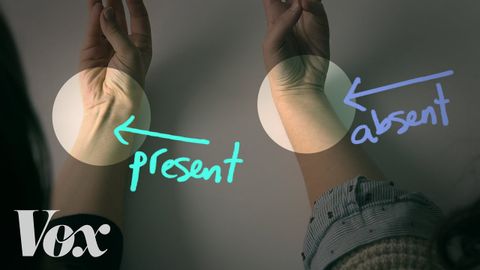
Subtitles & vocabulary
Proof of evolution that you can find on your body
00
Shirley Huang posted on 2016/06/24Save
Video vocabulary
leave
US /liv/
・
UK /li:v/
- Verb (Transitive/Intransitive)
- To go away from; depart
- To gift property to someone after you die
- Uncountable Noun
- Permission to do something
- Vacation time; time off work
A1TOEIC
More response
US /rɪˈspɑns/
・
UK /riˈspɔns/
- Noun
- Something said/written as an answer to something
- Reaction to something that has occurred
A2TOEIC
More raise
US /rez/
・
UK /reɪz/
- Transitive Verb
- To increase a bet above another when playing cards
- To gather donations for a cause or charity
- Noun (Countable/Uncountable)
- Increase in a bet above another when playing cards
- Pay increase
A1TOEIC
More flat
US /flæt/
・
UK /flæt/
- Noun (Countable/Uncountable)
- Apartment; set of rooms for living in
- The smooth or level part of something
- Verb (Transitive/Intransitive)
- To share an apartment with someone
- To fail to produce the intended effect; to be unsuccessful or uninteresting.
A2
More Use Energy
Unlock All Vocabulary
Unlock pronunciation, explanations, and filters
